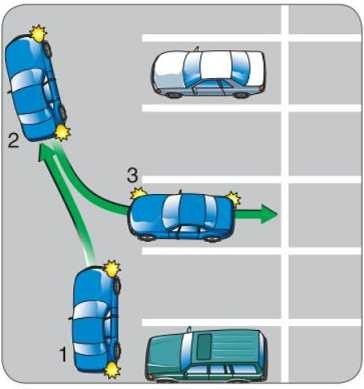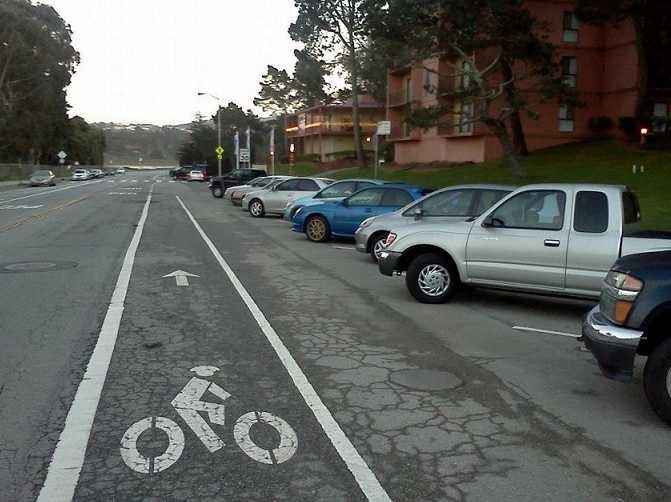Safe Parking 101: Backing In is Always Suggested

Backing into a parking spot has typically been the standard for those who need to exit the spot quickly and safely. However, that’s no longer isolated to a selective few (such as emergency vehicles). Backing in is now the suggested way of parking for everyone, and recent studies show that may the safest way to go.
There’s only one problem: it’s very tricky to do! At Gwatney Collision Center, we fix a lot of cars that were involved in parking lot collisions, so we’re well aware of this problem. So, here is some useful and timely information that can hopefully help you to become a smarter and safer parker.
Commercial van and truck drivers, having large rear blind spots, typically prefer to head into a vacant double parking spot, so they can drive through to the other side and then head out when exiting. This is also ideal for any driver, because looking forward is always preferred over looking back.
If you must use a single parking space, it’s usually wise to initially back in (facing stationary obstacles only), rather than having to back out (facing fixed and moving hazards from all sides) when exiting. It’s just common sense—turning your head to look behind you is awkward and by going straight, you don’t have to be concerned about blind spots.
Another issue that can make the situation worse is the simple fact that many drivers are not skilled at backing up, especially when they have to enter and exit from tight parking spots. If you’re not an accurate parker or don’t have the needed confidence to back into tight spaces, just go with the traditional front end-in method and make your life a little easier. But, remember you need to be acutely aware of everything going on around you when the time comes to exit the space.
If you’re going to be car shopping this year, a vehicle equipped with a rear cross traffic alert system may boost rear visibility, but should not be relied on to prevent accidents. Even if your vehicle is equipped with a rear cross traffic alert system, always reverse slowly, turning and checking blind spots to verify that a vehicle, bicyclist or pedestrian is not approaching the vehicle.
Owners of a vehicle equipped with a rear cross traffic alert system should understand system limitations before using the feature. In AAA’s testing, system accuracy varied widely among vehicles.

The AAA recommends the following directives for safe parking:
- Locate a space large enough for you to safely back into.
- Signal to the spot you are backing into. This will let other drivers and pedestrians know what you intend to do.
- Slowly roll forward until your shoulder is centered in front of the space you wish to back in.
- Turn the wheels in the opposite direction of your selected parking space and roll out to approximately a 45° angle and stop.
- Put the vehicle in reverse.
- Turn the wheels in the opposite direction and slowly start backing into your space.
- Once the vehicle is straight in the space, stop and straighten the wheels.
- Continue to slowly back in. You have reached the rearward parking boundary when the curb or painted line appears to bisect the rear window.
The average driver parks more than 400-500 times every year, so devise the best safe parking strategy that works for you and stick to it. These suggestions are brought to you by Gwatney Collision Center, a shop that strongly believes in the theory that says Safety is No Accident.
Sources: AAA, Wikipedia and AOL.com









Social